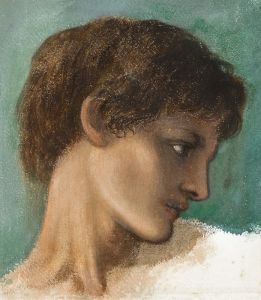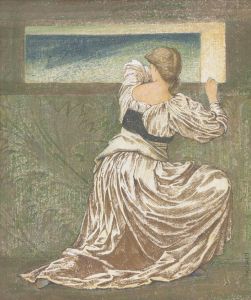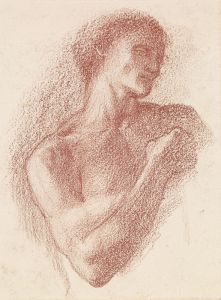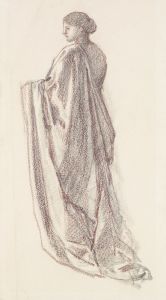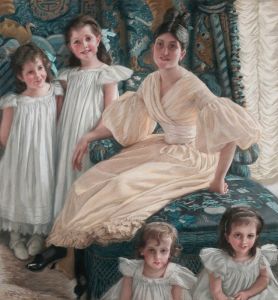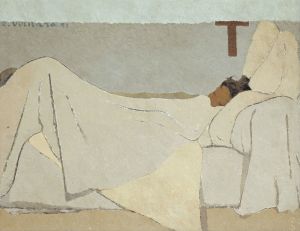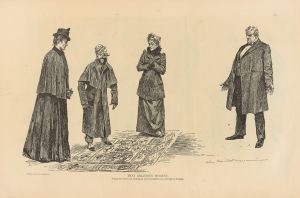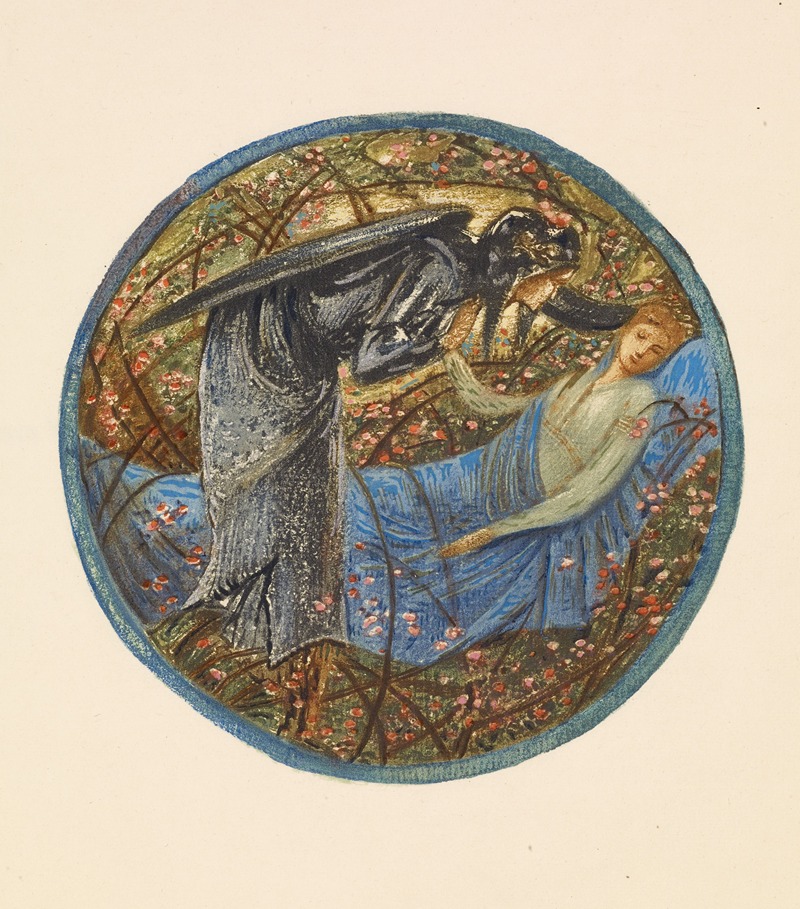
Wake, Dearest
A hand-painted replica of Sir Edward Coley Burne-Jones’s masterpiece Wake, Dearest, meticulously crafted by professional artists to capture the true essence of the original. Each piece is created with museum-quality canvas and rare mineral pigments, carefully painted by experienced artists with delicate brushstrokes and rich, layered colors to perfectly recreate the texture of the original artwork. Unlike machine-printed reproductions, this hand-painted version brings the painting to life, infused with the artist’s emotions and skill in every stroke. Whether for personal collection or home decoration, it instantly elevates the artistic atmosphere of any space.
"Wake, Dearest" is a painting by the British artist Sir Edward Coley Burne-Jones, a prominent figure in the Pre-Raphaelite Brotherhood, an art movement that emerged in the mid-19th century. This movement sought to return to the detail, intense colors, and complex compositions of Quattrocento Italian art. Burne-Jones, known for his romantic and mythological subjects, was a key figure in this movement, and his works often reflect a deep appreciation for medieval aesthetics and themes.
"Wake, Dearest" is one of Burne-Jones's lesser-known works, and detailed information about the painting is limited. However, it is consistent with his style, which often includes dreamlike and ethereal qualities, with a focus on beauty and emotion. Burne-Jones's paintings frequently depict scenes from mythology, literature, and medieval romance, characterized by elongated figures and a sense of otherworldliness.
The title "Wake, Dearest" suggests a narrative element, possibly involving themes of awakening or revival, which are common in Burne-Jones's oeuvre. His works often explore the tension between sleep and wakefulness, life and death, and the spiritual and the earthly. This thematic exploration is evident in many of his other works, such as "The Legend of Briar Rose" series, which depicts scenes from the Sleeping Beauty fairy tale.
Burne-Jones was deeply influenced by his close association with other members of the Pre-Raphaelite Brotherhood, including Dante Gabriel Rossetti and William Morris. His collaboration with Morris extended beyond painting to include decorative arts, as they worked together on stained glass, tapestries, and other design projects. This interdisciplinary approach is reflected in the intricate and decorative qualities of Burne-Jones's paintings.
The artist's meticulous technique and attention to detail are hallmarks of his work. He often employed a muted color palette, with soft, harmonious tones that enhance the dreamlike quality of his scenes. His figures are typically idealized, with serene expressions and graceful poses, contributing to the overall sense of calm and beauty.
While specific details about "Wake, Dearest" are scarce, it can be appreciated within the broader context of Burne-Jones's artistic legacy. His work has been celebrated for its beauty and its ability to transport viewers to a world of myth and fantasy. Burne-Jones's influence extended beyond his lifetime, impacting the development of the Symbolist movement and the broader trajectory of European art.
In summary, "Wake, Dearest" exemplifies Sir Edward Coley Burne-Jones's contribution to the Pre-Raphaelite movement and his enduring fascination with themes of beauty, mythology, and the interplay between the real and the fantastical. While specific information about this painting is limited, it remains a testament to Burne-Jones's skill and his ability to evoke emotion and wonder through his art.






